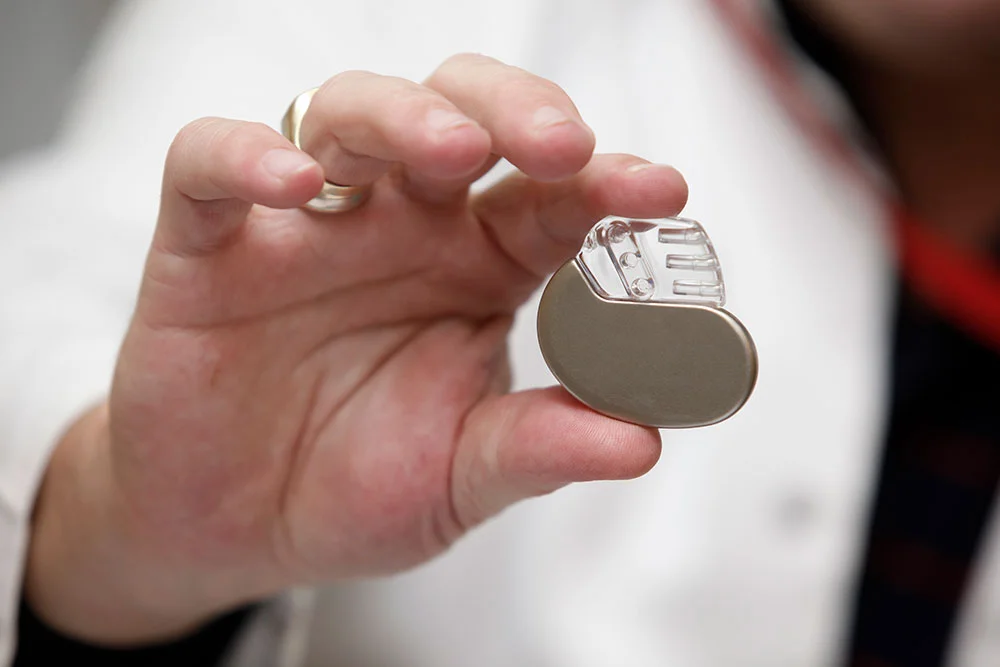Achieving system value can be challenging for small, independent hospitals. However, when these institutions band together, they find strength in their collective power to negotiate for services and supplies. TPC began its Interventional Cardiology (IC) program to drive savings for Members for products in this category, including balloons, stents and guide wires. It became a highly Member-engaged initiative that yielded impressive results.
IC technology can be an alternative to more expensive and risky open-heart surgery. In IC, physicians insert interventional stents through the femoral artery and place them in the heart to hold the vessels open, allowing continued blood flow to the heart and vital organs. IC is a simpler and less invasive procedure for physicians to perform compared to others – removing the need to harvest veins or transfuse blood. Best of all, it’s an outpatient procedure, so patients heal faster without the need for lengthy hospital stays.
The TPC IC initiative engaged both the Cardiology Clinical Value Analysis Team (CVAT) and the Cardiology Physician Sub-Committee (PSC). When Members decided to tackle this category, one of the main concerns was individual physician commitment to existing IC vendor relationships. The goal of the TPC process was to select a common vendor or vendors that provide clinically acceptable quality at the best overall value. As a result, all Members were asked to move as a group from their current facility-specific vendors to collectively selected vendors that would serve the membership as a whole. While not a challenge to do, it did require change.
The IC initiative was created as a pre-commit program. By agreeing to formally adhere to commitment levels with the awarded vendor, TPC Members act as a virtual integrated delivery network (IDN) and demonstrate the integrity of their contracting process to the supplier community. Ultimately, TPC’s IC program offers its Members the ability to access clinically-acceptable products while also reducing overall costs, as they purchase in aggregate with other TPC Members.
To begin the process, TPC met with the administrative teams at each hospital to understand their concerns and desires related to the IC initiative. TPC then used this information as part of a strategy session with the Physician Sub-Committee (PSC) that consisted of cardiology physician representatives from each Member hospital. The physicians in the Interventional Cardiology PSC played an integral role in providing input into the TPC request for proposal (RFP) before sending it out to the vendor community. Vendors were made aware of the collaboration between clinicians and hospital administration to drive the best possible results for this initiative.
The strength of aggregated volume and solid commitment from the membership resulted in proposals from the vendor community that were highly competitive and drove significant value for the Members. The results? Since its introduction in 2010, TPC’s IC program has saved its members $9 million while delivering optimal patient care. And the program has continued to evolve over the years. As contracts term, TPC Members have been successful in evaluating the marketplace and moving market share, as needed, to those vendors who can provide the most comprehensive value. In addition, to date, TPC continues to meet its commitment with the category’s preferred vendors, with Members maintaining greater than 80% compliance.
“Our Cardiology CVAT and PSC success in Interventional Cardiology has been one of the best examples of what makes TPC great. Historically, Interventional Cardiology has seen a high level of physician preference, but by engaging directly with our physicians and clinicians, and working through the processes that the TPC has established, we have delivered substantial value from this category throughout the years,” explained Luke Martin, Director of Materials Management for Shannon Medical Center.
Interventional cardiology offers a less invasive way for physicians to treat heart problems, but requires sophisticated equipment that can be costly. When independent hospitals collaborate through a coalition model, they have increased negotiating power and a collective voice that can generate savings beyond what can be achieved alone. TPC is the epitome of a value-based partnership of community-based hospitals working together as a single system.
Stronger Together. Superior Results.
Learn more about membership today at http://www.tpc1.com/members/










